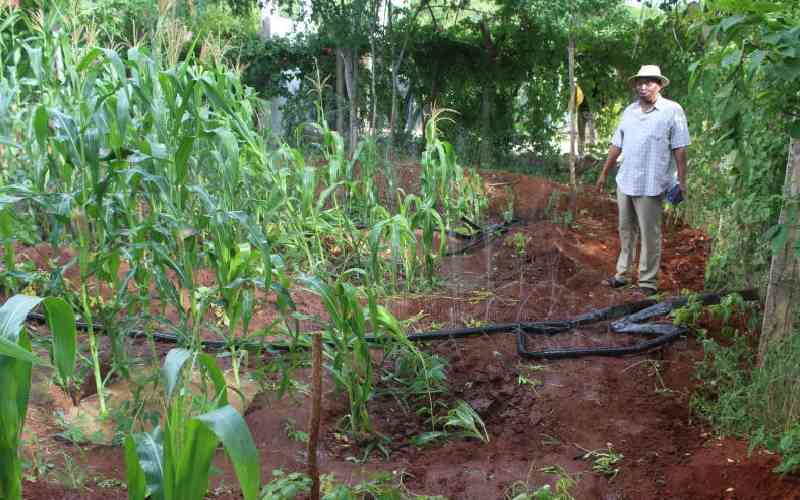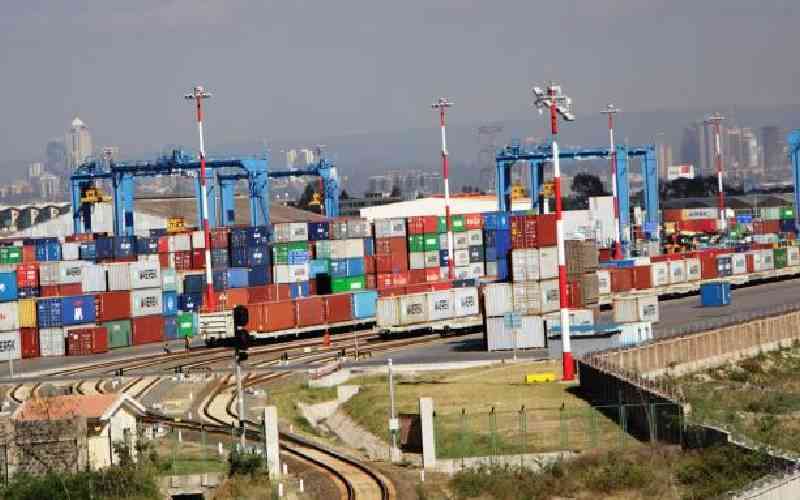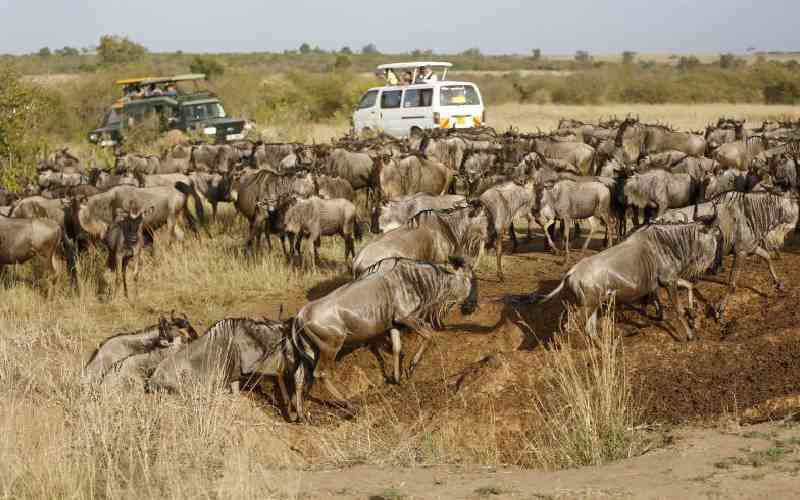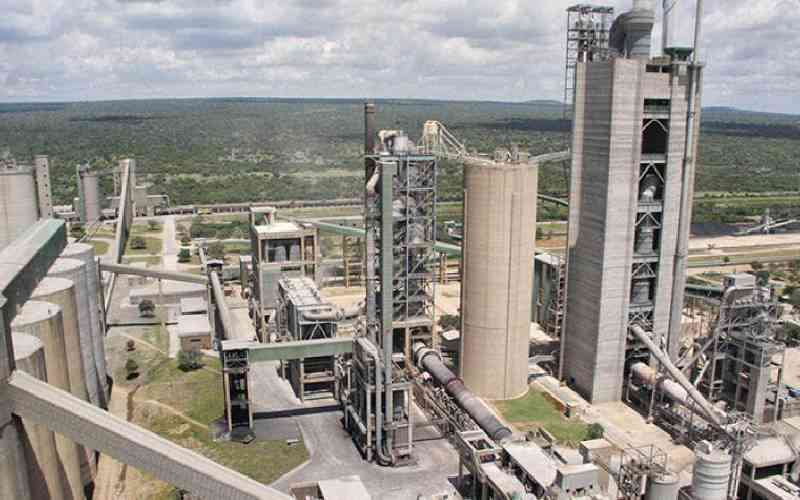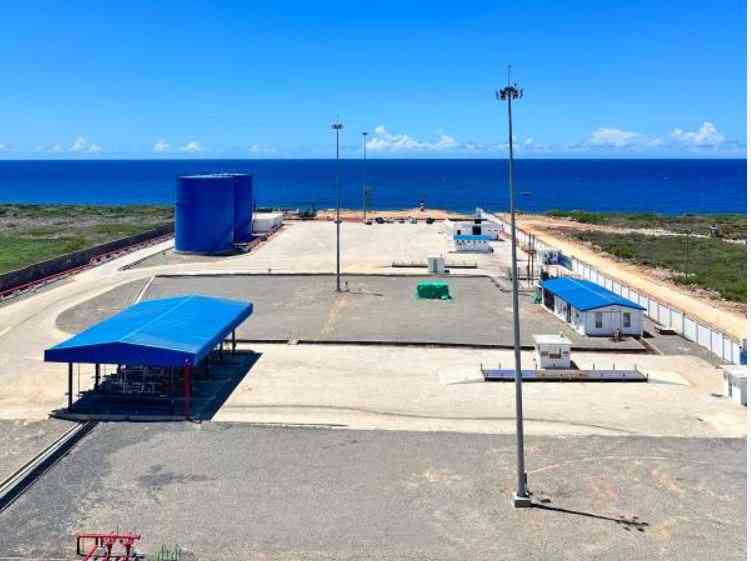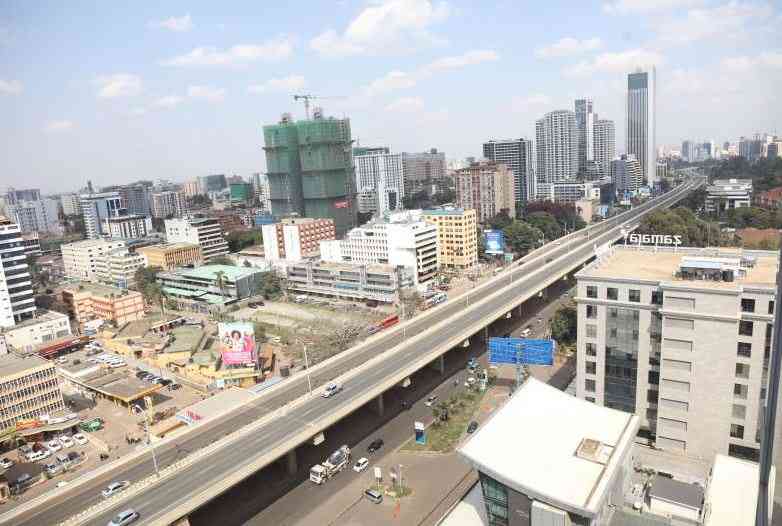×
The Standard e-Paper
Join Thousands of Readers

At a time when the globe is grappling with mounting environmental challenges amid dwindling natural resources, the concept of circularity, or simply put circular economy, is emerging as a transformative solution.
To adopt it however, stakeholders need to well understand this concept, the benefits, and challenges in its uptake.

